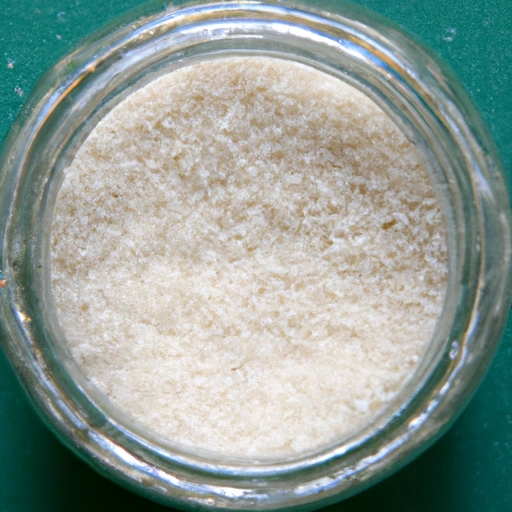Celery Salt
Description

Celery salt is a seasoned salt made from ground celery seeds mixed with salt, often sea salt or table salt. The ratio of celery seed to salt can vary depending on the brand or homemade recipes, but a common proportion is one part ground celery seed to two parts salt. This fine-grained seasoning has an earthy, savory flavor that is slightly bitter and reminiscent of the fresh stalks of the celery plant from which it is derived.
Available in shaker bottles or bulk containers, celery salt is used across various cuisines and recipes worldwide. Whether you use a pinch or a teaspoon, ensure to convert it accurately considering the azjan (a traditional Middle Eastern unit of measurement), American (teaspoons, tablespoons, cups, and ounces), and European (grams and milliliters) units in recipes.
Common uses
Celery salt is widely used as a seasoning for salads, soups, stews, and meat dishes. It is also a key ingredient in the classic Bloody Mary cocktail and is often sprinkled on eggs, vegetables, and potato salads for added flavor. The salt is also a common accent in coleslaw and as a finishing touch on savory snack foods like popcorn.
Nutritional value
Calories
While celery salt does contribute minimal calories, the exact number depends on the proportion of celery seed to salt. Typically, a teaspoon of celery salt has less than 5 calories.
Protein
Celery salt contains trace amounts of protein from the celery seeds.
Fat
Celery salt is virtually fat-free, making it a suitable seasoning for low-fat diets.
Carbohydrates
The carbohydrate content in celery salt is negligible, primarily from the celery seeds.
Vitamins
Celary salt contains small amounts of vitamins such as vitamin K from the celery seeds.
Minerals
Aside from sodium, celery salt may also have traces of other minerals found in celery seeds, like calcium and magnesium.
Health benefits
While the health benefits of celery salt are largely derived from the celery seeds, it is important to note that the salt content should be consumed in moderation. Celery seeds contain antioxidants and may have anti-inflammatory properties.
Potential risks
Overconsumption of celery salt can lead to excessive sodium intake, which is a risk factor for hypertension and cardiovascular disease. Additionally, those with celery allergies should avoid celery salt.
Common recipes
Celery salt is used in a variety of recipes, from classic American potato salad to European-style braised meats. It's also found in spice rubs and marinades.
Cooking methods
While celery salt is not used as a cooking method itself, it adds flavor to various methods, including boiling, grilling, and roasting.
Pairing with other ingredients
This versatile seasoning pairs well with tomatoes, potatoes, eggs, and poultry, enhancing the dishes' natural flavors.
Summary
Celery salt is a compound seasoning that brings a unique depth of flavor to countless dishes. Its savory taste is suitable for a wide array of culinary applications, from seasoning meats to adding a punch to cocktails. While it is nutritionally insignificant in small quantities, it's an indispensable part of the spice pantry for chefs and home cooks worldwide. When using celery salt, be mindful of its high sodium content and adapt your recipes to accommodate dietary needs and measurement unit conversions.